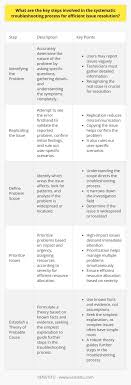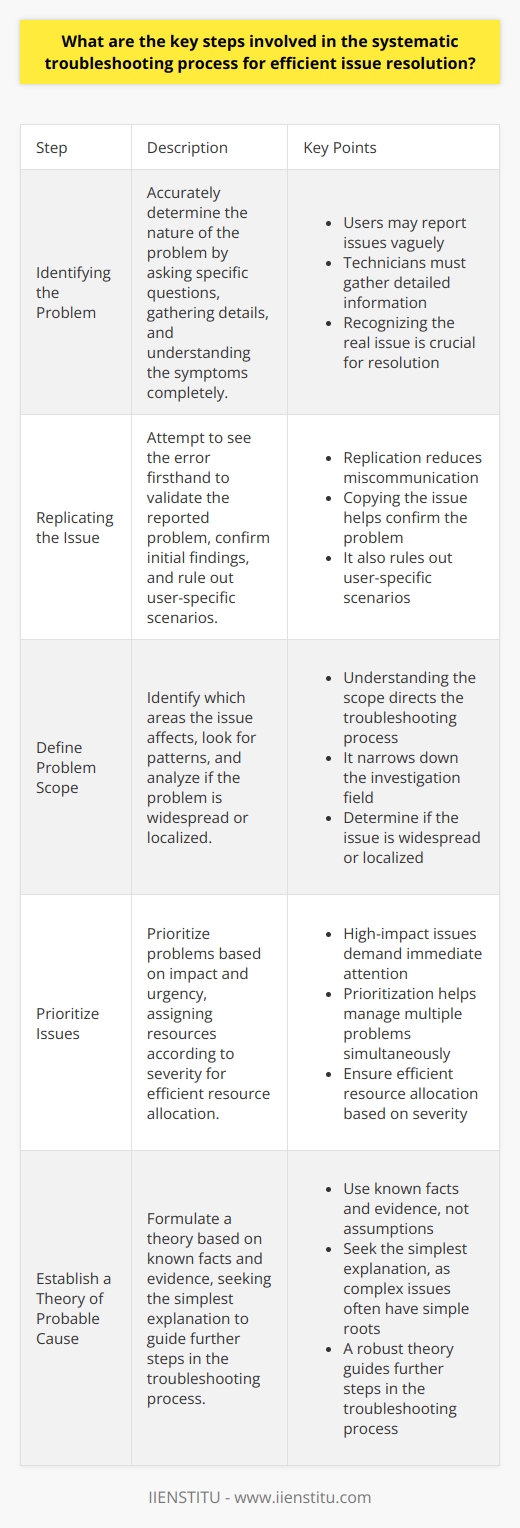Okay, so today I’m gonna walk you through this little project I tackled – the 41095 thing. Let me tell ya, it was a bit of a ride, but we got there in the end.

It all started when I was messing around with some data, trying to see if I could automate a certain process at work. We were spending way too much time manually doing this repetitive task, and I thought, “There’s gotta be a better way!”
First thing I did was grab all the relevant data. It was a mess – spreadsheets all over the place, some in CSV format, others in Excel. I had to wrangle it all into a single, usable dataset. Used Python with Pandas for this, of course. Spent a good chunk of time just cleaning and formatting the data. Seriously, data cleaning is like 80% of any project, am I right?
Next, I started thinking about the logic. What were the steps involved in this manual process we were trying to automate? I broke it down into smaller, more manageable chunks. This was key. If I tried to tackle the whole thing at once, I’d get completely overwhelmed.
Then came the coding part. I decided to use [hypothetical language/tool], because it seemed like a good fit for the task. I basically just started writing code, testing as I went. Lots of trial and error here. Spent hours debugging, staring at the screen, wondering why things weren’t working. You know how it is.
I hit a couple of roadblocks along the way. One was dealing with [hypothetical technical problem]. Man, that was a pain. I had to dig through documentation, search online forums, ask for help from some colleagues. Eventually, I figured it out, but it took way longer than I expected.

Another issue was [another hypothetical technical problem]. This one was tricky because it involved some complex calculations. I had to refresh my memory on some math concepts I hadn’t used in years. Thank goodness for Google and Stack Overflow!
After what felt like an eternity, I finally had a working prototype. I tested it with some sample data, and it seemed to be doing what it was supposed to. But I wasn’t convinced yet. I needed to test it with the real deal, the actual production data.
So I ran it on a larger dataset, and guess what? It crashed. Yep, back to the drawing board. Turns out there were some edge cases I hadn’t accounted for. Spent another few hours debugging and tweaking the code.
Finally, after several iterations, I got it working. I ran it on the full dataset, and it completed successfully. I checked the results, and they looked good. I was so relieved!
But the project wasn’t quite done yet. I needed to make it user-friendly so that my colleagues could actually use it. I added some documentation, created a simple user interface, and walked everyone through how to use it.

The outcome? It worked like a charm! It automated the process, saving us a ton of time and effort. And it reduced the risk of errors, because it was doing things consistently and accurately.
Here’s a quick recap of the key steps:
- Gathered and cleaned the data
- Broke down the process into smaller steps
- Wrote the code
- Debugged and tested extensively
- Created a user-friendly interface
- Documented everything
Overall, the 41095 project was a challenging but rewarding experience. I learned a lot, and I’m proud of what I accomplished. And most importantly, it made a real difference at work.
So, if you’re thinking about tackling a similar project, my advice is: don’t be afraid to get your hands dirty, break things down into smaller chunks, and never give up! You got this!
